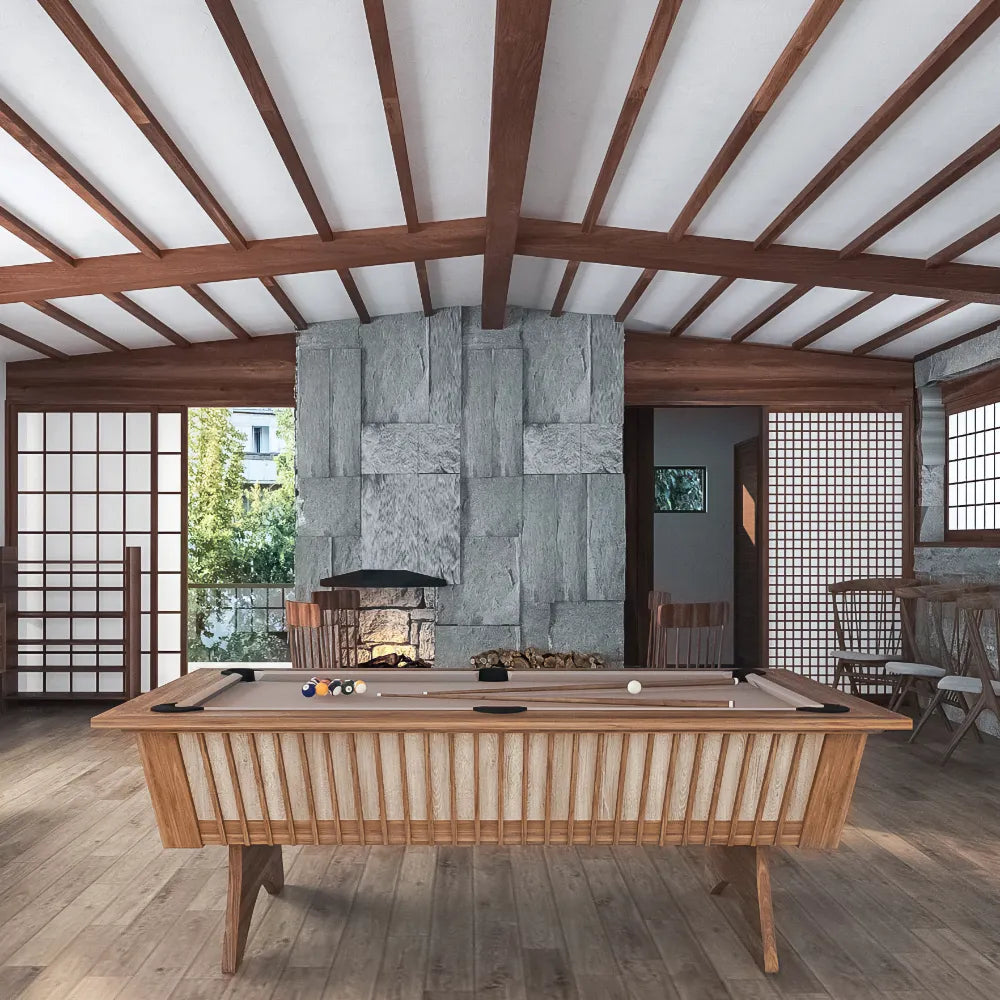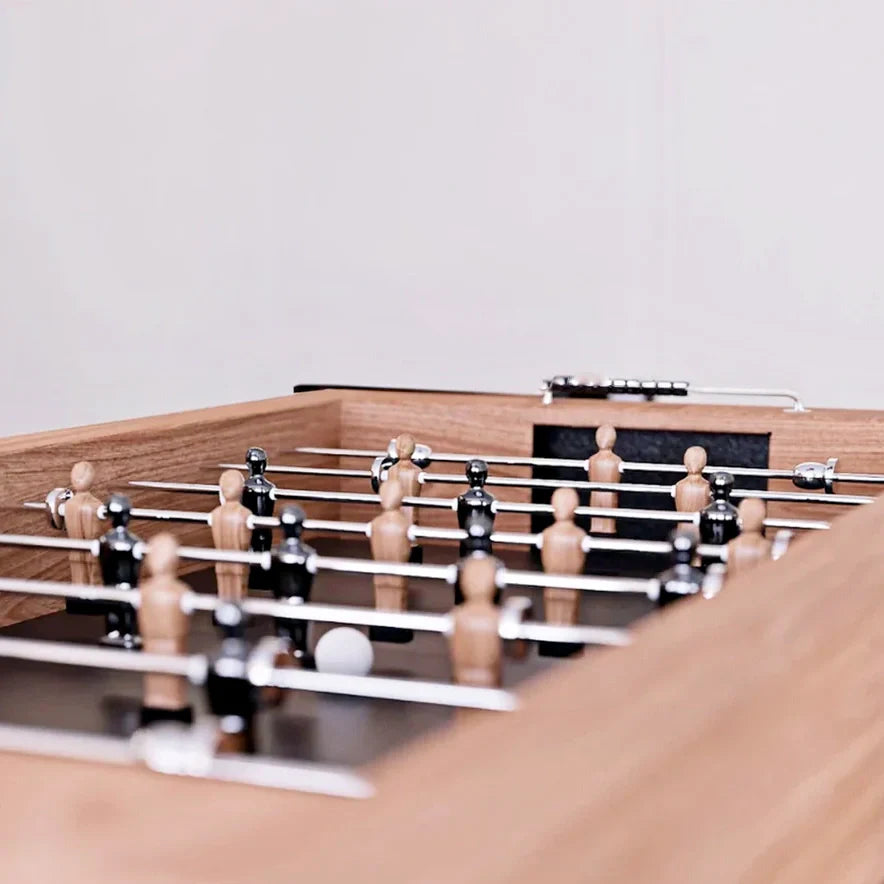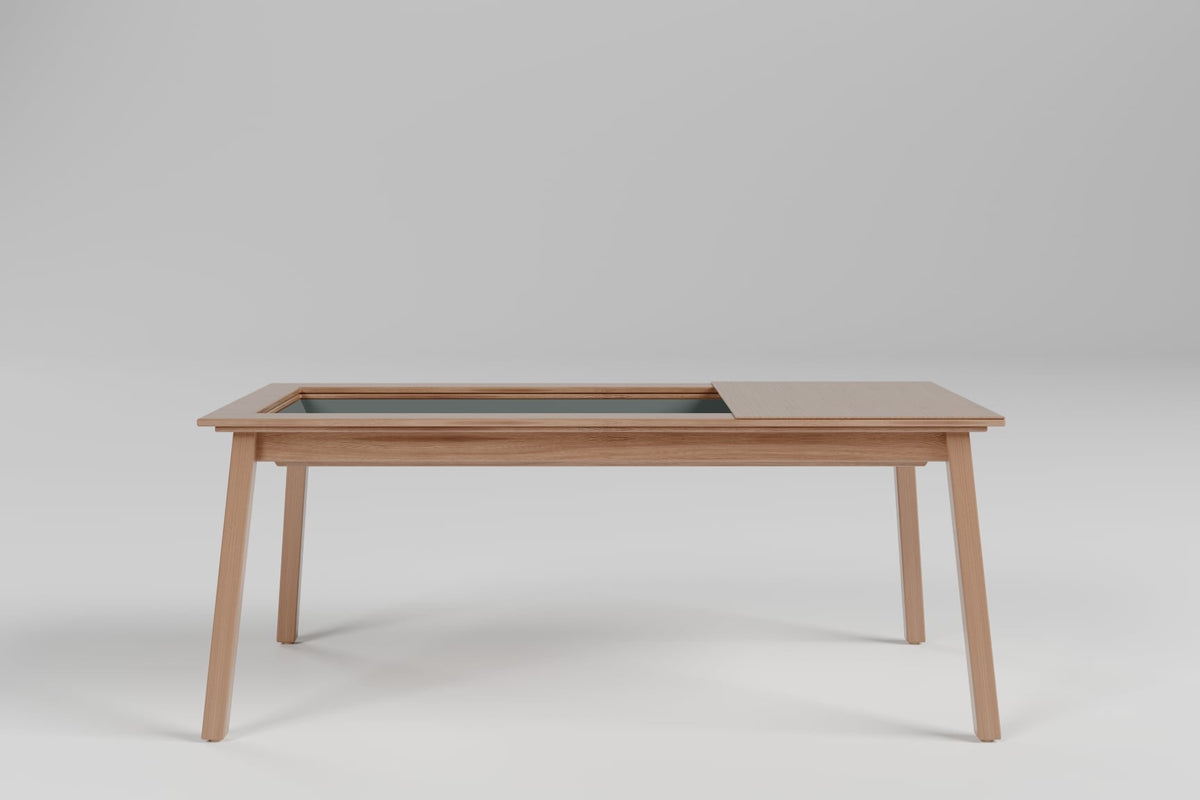Ever tossed balls in the backyard aiming for a tiny target ball? That's bocce! It's a classic game where players aim their larger balls as close as possible to a smaller ball (the pallino). Bocce is truly for all ages – you can set up a game at a family picnic, in a park, or even in your driveway. In fact, bocce has ancient roots: the first known records of a bocce-like game come from an Egyptian tomb painting dated around 5200 B.C. It was later a favorite in the Roman Empire (legends even say Emperor Augustus played it). Over the millennia the game changed, but one thing stayed the same: the goal is always to get your balls closer to the pallino than anyone else. With such a long history, you can see why bocce is still a laid-back, social favorite today.
A Short History of Bocce
Bocce evolved over time across different cultures. Ancient Egyptians tossed stones toward targets, and Romans had their own version (bocce in roughly today’s form was played in 264 B.C. Rome). In Renaissance Italy, bocce got wildly popular – some leaders actually tried to ban it so people would stop playing and get back to work. One famous story is that 16th-century Venice officially condemned bocce and punished players with fines or jail time. Even Italy’s 19th-century hero Giuseppe Garibaldi promoted bocce during his campaigns. Today, bocce is more chill: you might see neighbors playing on summer evenings anywhere a lawn is green. Despite its storied past, at its heart bocce is just a simple, social lawn game.
What You Need to Play Bocce
Bocce setup is simple. You need 8 bocce balls (typically four per team) and one small ball called the pallino (or jack). Each team chooses a color so you can tell balls apart. The game can be played 1-on-1, 2-on-2 or even with more players. For teams of two, each player gets two balls; for four players, each gets one ball.
You also need a flat playing area, grass, sand, or finely crushed stone works well. (Try to avoid hard concrete; it can damage the balls.) A backyard bocce court is often about 60 feet long by 12 feet wide, but you can set your own boundaries with cones or chalk. The only real rule is to draw a foul line: players must stand behind this line when they throw. Other than that, any open space will do – a driveway or a quiet patch of lawn is perfect.
Playing Bocce
To start a round (often called a frame), decide which team tosses the pallino first, then a quick coin flip or odd-one-out usually does it. The player who goes first tosses the pallino underhand toward the playing area, making sure it rolls past the halfway mark. Next, that same player rolls the first bocce ball, trying to land it close to the pallino.
Then play alternates between teams, one ball at a time. If your team doesn’t have the closest ball, keep throwing until you do or you run out of balls. You can even knock opponents’ balls out of the way, that’s legal and part of the strategy. Continue until all eight balls have been thrown for that round.
After the round, it’s time to score. Measure which ball is closest to the pallino. Only the team with the closest ball scores points. They get 1 point for each of their balls that is closer to the pallino than the nearest ball of the other team. (Tip: if one of your balls is touching the pallino, it usually counts as 2 points.) Once points are tallied, the winning team throws the pallino to start the next round. Play multiple rounds until one team reaches the agreed-upon winning score (backyard games often go to 11 or 12 points). You can require the winner to lead by 2 points for fun.
Common Beginner Mistakes
- Stepping over the line: Keep your feet behind the foul line when you throw. A foot across the line makes the toss invalid.
- Throwing wildly: Beginners often fling the ball too hard or inaccurately. Use a gentle, controlled underhand roll for better results.
- Ignoring strategy: Don’t just aim for the pallino – think about hitting other balls, blocking paths, or shifting the pallino itself.
- Bad scoring: Only one team scores each round. Use a measuring tape if needed to see which balls are truly closest.
Tips and Tricks
- Try different throws: Experiment with spins and angles for better ball control.
- Plan your shots: Use blocking and offensive shots strategically.
- Play as a team: Communicate with your partner and decide who throws when.
- Read the court: Adjust your throw for bumps, slopes, or soft grass.
- Have fun: Bocce is meant to be relaxed and social, so enjoy it!





0 comments